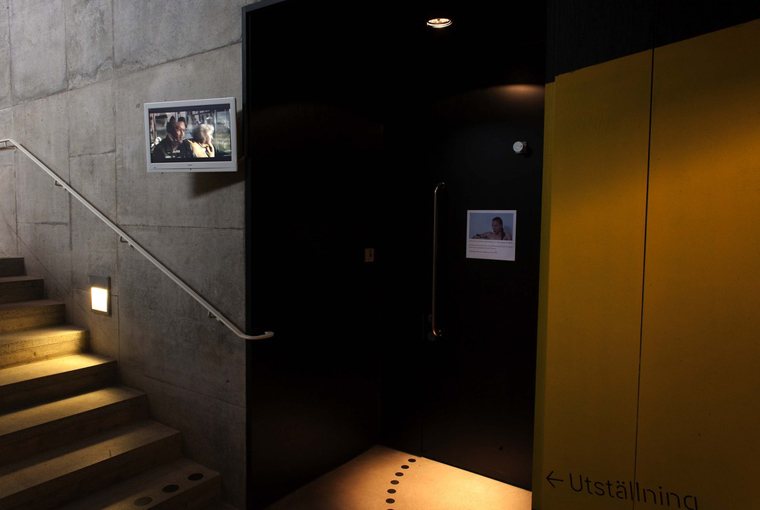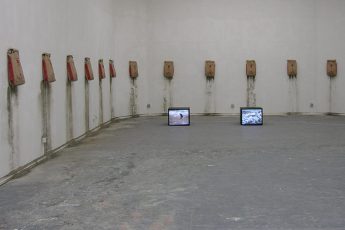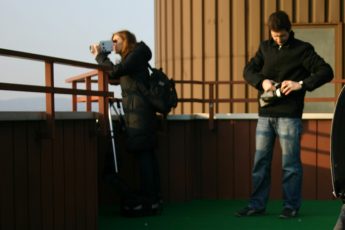
Video art is often considered an outsider. It is neither accepted by the film industry, as it is definitely not for the masses, nor does it seem to flourish in museums. People rarely take the time to look at displayed videos in the world’s modern art palaces. As videos are mostly running on loop, they always give the visitor the feeling of being late – who likes to wait for a film to recommence when its beginning, as it more than often turns out, doesn’t add anything to the chronological comprehensibility of its images? Besides, although theoretically, video art could be consumed anywhere, anytime, it is almost always linked to the place of its showing. Video art is exhibited, not screened, thus inevitably restricted in its impact. Acknowledging the peripheral role of video art in mass culture, in this month’s Perspectives section, we present 3 visual artists from Romania in an attempt to give a comprehensive insight into the different aspects of Romanian visual culture.
Mona Vatamanu and Florin Tudor were trained as painters, but they also experiment with performance, installations, and video art. Since 2000, when the couple decided to work together, the two artists conceived more than a dozen films and videos. Having experienced the fall of Communism in Romania in their late teens, the two artists recurrently reflect upon the traces Communism left behind in Romania’s contemporary society. Their work explores Romania’s ambiguous attempts to deny, rewrite and come to terms with its own past. The Swedish-Romanian-based Stefan Constantinescu follows a similar path in his work, and has become an established figure on the international art scene, with his recent project The Last Analog Revolution, a Memory Box (initiated along with Xandra Popescu) exhitibted at the Biennale in Venice. Finally, we introduce Aurelia Mihai, active in different genres such as conceptual art-work (in her earlier art-work), mockumentary, and performance art. Interestingly, all of these artists deal with Romanian history in their works, though they do so from very different perspectives. While Vatamanu and Tudor concentrate on the spacial dimension of History, Aurelia Mihai recurrently deals with myths and legends, and Constantinescu’s approach especially stands out because of its interplay between severity and humor.
In our Perspectives section, you will also find a review of Florin Şerban’s If I Want to Whistle, I Whistle that took home the Jury Grand Prix at the 2010 Berlinale, in which an imprisoned teenager tries to fight against the migration plans of his family. Furthermore, after Moritz Pfeifer’s review of Cristi Puiu’s Aurora (2010) from our July issue, Konstanty Kuzma takes another look at the film, arguing in favor of its realist tendencies. For this month’s Retrospectives section, Moritz Pfeifer examined Détour Ceausescu from 1991 by French filmmaker Chris Marker, a film questioning how French television reported on the execution of the Ceauşescus in December 1989.
EEFB editors
Moritz Pfeifer & Konstanty Kuzma




Leave a Comment